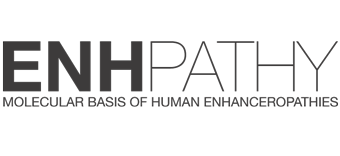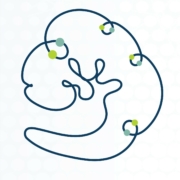My name is Sarah, I obtained my bachelor and master’s degrees in Molecular and Cellular Biology from the University of Rennes 1, France. During my last year of studies, I had the opportunity to work in the laboratory of Alvaro Rada-Iglesias, my actual supervisor. It was a wonderful experience; I had the chance to discover a new country and new people. I also discovered what is like to work in a laboratory and get my hands into more concrete biological questions.
A week in research is never the same.
It can be challenging and frustrating. Hard work, long hours in the cell culture room, fails… All this become worthy whenever I get new progresses in my project. In this blog, I will try to share my advances, new concept, and techniques I will learn during my PhD journey.
A day spend in the laboratory is not only about experiments and work but also about the people we get to meet and exchange with. I have the fantastic chance to share the lab with Spanish and international people. If you walk around in the lab, you will have great chance to hear all about Greek etymology, or me asking for Pastéis de nata to our great Portuguese post-doc in the lab.
I am really proud to be part of the ENHPATHY network, that will raise intriguing and relevant questions about enhancers, their functions, mechanisms and relevance in human diseases.
I want to thank the ENHPATHY consortium for this challenge and to offer me a space where to share my thoughts. My future self will with no doubt be thankful to find a trace of the baby researcher that I am today.
Joining the Rada-Iglesias laboratory.
I have the opportunity to work on the interplay between gene expression control and exposure to environmental factors and how it might contribute to human disease. More specifically, my project focuses on unravel potential gene-environmental interactions involved in the etiology of ZIC2-related holoprosencephaly.
Holoprosencephaly (HPE) is a developmental disorder that affects the early development of the brain and is characterized by the failure of the separation of the two hemispheres; ZIC2 is a member of the ZIC family and encodes a zinc finger transcription factor that, when mutated causes HPE in both, mouse and human.
Intriguingly, humans but not mice are haploinsufficient for ZIC2. In addition, patients carrying the ZIC2+/- genotype show different level of severity of the disease and reduced penetrance. How can these differences be explained? Rather than a specie differences, we hypothesize that because mice live and reproduce in the laboratory in well-controlled conditions and humans live in a non-controlled environment, environmental factors could explain, at least partially, the haploinsufficiency observed in patients carrying ZIC2+/- genotype.
To tackle this question, I will implement a work plan combining genetic engineering, culture of mouse and human embryonic stem cells, genomics approaches… I will be happy to share my advances in the next posts!

 CC BY María Mariner Fauli
CC BY María Mariner Fauli


